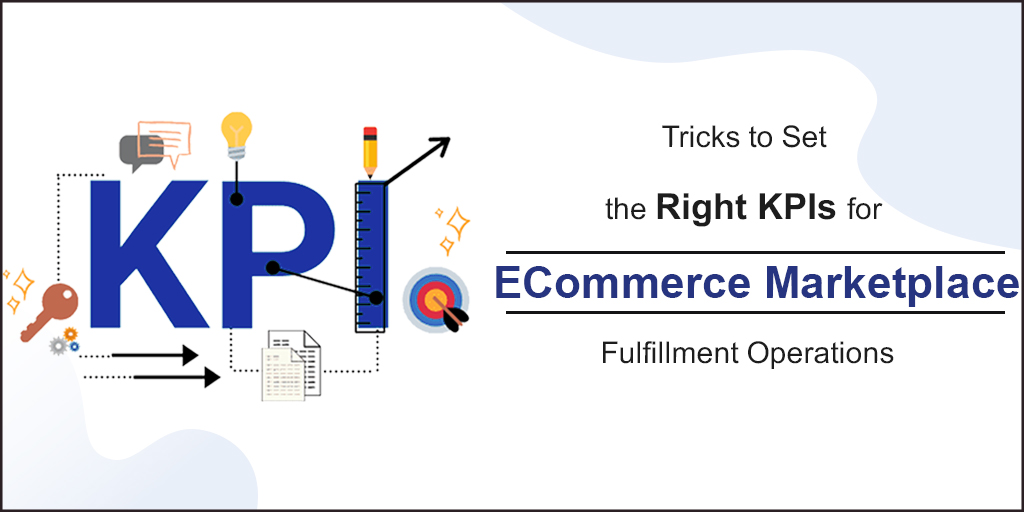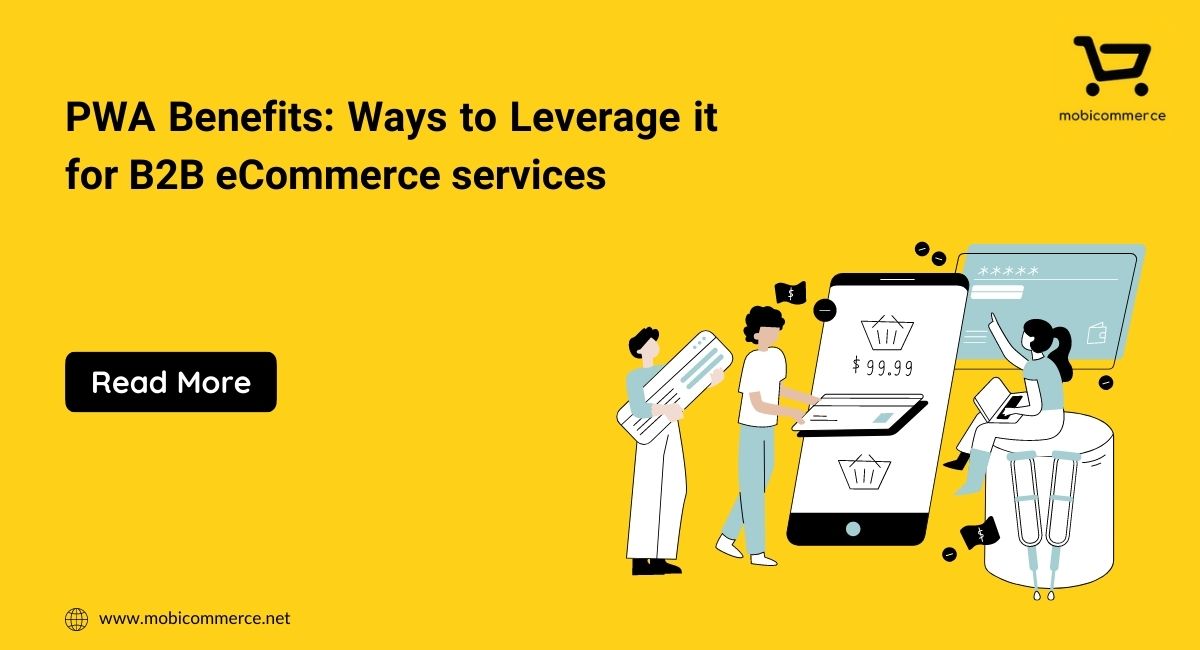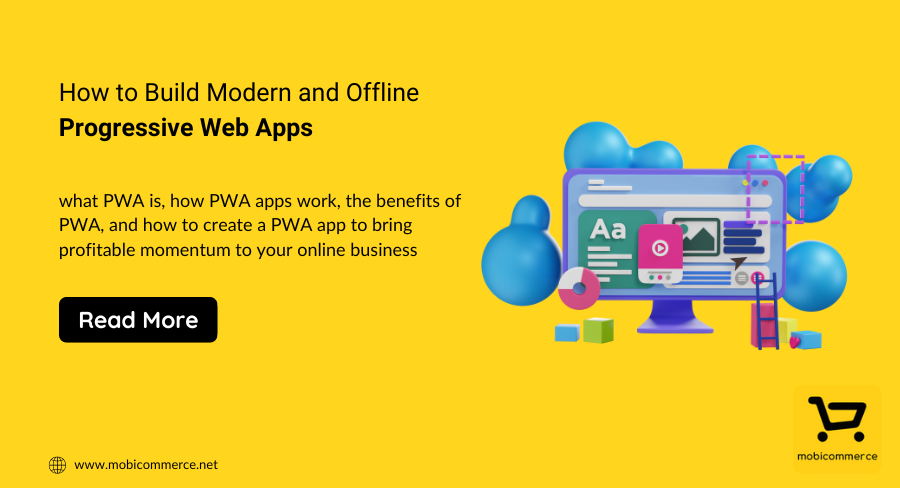
Just because you are not running a physical store doesn’t mean you don’t have to keep a measure of your sales and orders. An online business needs to be monitored as well, and for that, you need to have the right KPIs established in the right way.
There are too many things to be managed and measured in an eCommerce business, and one among them is order fulfillment. It is something that doesn’t affect the sales directly but can create a significant impact on the business if ignored. If you are getting regular orders, it does not mean you can fulfill them as and when you like. You have to maintain discipline, professionalism, and dedication towards every single order, no matter what size.
Now, since it is impossible to keep an eye on every order and track and measure its aspects accurately and continually, you need to establish meaningful key performance indicators (KPIs) that can do the job for you.
Also Read: eCommerce Personalization: A Trend That Will Get Past Traditional Commerce in 2021
KPIs? What Are They?
KPIs are the navigational instrument for an organization that gives a clear picture of the current status of the business whether it is where it needs to be. KPI that stands for Key Performance Indicator is a set of quantifiable measurements that demonstrates the effectiveness of an organization and its progress towards achieving its goals. It is a way to measure how well companies, business units, projects, or individuals are performing in relation to their intended result.
KPIs are used at multiple levels of an organization depending on the complexity of each, for example, high-level KPIs are established to focus on the overall performance of the business, while low-level KPIs help in focusing on processes in departments such as sales, marketing, HR, support and others. In short, they are incredible navigation and decision-making tools that help determine a company’s strategic, financial, and operational achievements, especially compared to those of other businesses within the same sector.
Why Do You Need Them?
Needless to say, the benefits of having the right set of KPIs in your business are many.
KPIs in Order Fulfillment: What to Measure?
An order fulfillment operation usually includes receiving, put away, storage, order picking, packing, and shipping, and hence to streamline them, you need to have KPIs in the following areas:
Receiving – The entire process of your order depends upon how you receive it. If you get it on time, you can deliver it as fast as possible. Here, KPIs can help you determine whether you are receiving orders promptly by calculating the percentage of late receipts over the number of closed ones.
Put away – After receiving the order, KPIs can be used to figure out how quickly the ordered items can be made available for sale? You can achieve this by measuring the percentage of items that are put away on shelves or pick faces on time.
Inventory Management – Next, KPIs can contribute to keeping track of your inventory. It can be measured in two ways: the first is cycle count that involves counting a small subset of your inventory in a specific location on a specific day, and the second is a physical inventory count that is tedious and time consuming where you actually go through your entire inventory and count every product and SKU. In both of these, the numbers that you get from the count you performed are compared with the records you have of what the inventory numbers should be.
Order processing – KPIs play a great role in calculating the order turnaround time i.e, how fast a particular order can be accurately picked, packed, and prepared to ship out in the most efficient manner? Its metrics will tell you if there is an issue with your supply chain or not?
Shipping – By identifying the target percentage of orders meeting customer expectations with the help of the right set of KPIs and dividing that by the total costs that are incurred in operating the fulfillment center; you can get to know how much you are spending, per order and where you are making mistakes. By going through every single cost i.e labor, damaged products, returns, operational costs (such as utilities, taxes, rent, etc.), equipment costs, and other variable costs, you can improve your order management system as well as the amount of time it takes for order processing.
Order accuracy – KPIs can also be established to track the quality of your complete order process to confirm whether you achieved order accuracy or not. It can be measured by tracking quality issues via returns data, customer complaints, and anecdotal feedback, and using the metrics necessary improvements can be made to avoid any footfalls in the order processing.
Also Read: Tips to Turn Your Product Returns into a Competitive Advantage
Setting the Right KPIs
Order fulfillment is a broad area, and there are too many things to be managed and done right and the most common mistake businesses are committing is either picking up wrong KPIs and ending up measuring unnecessary information or simply follow the trend and establish unrelated KPIs in their business and wonder what went wrong? Therefore, to avoid such KPI pitfalls, you need to pick the right KPIs and implement them in the right sectors to get desired results.
You can either understand them better and pick the right ones by yourself or seek the help of a third-party fulfillment partner (3PL) like Mobicommerce, an eCommerce solution provider in the Middle East and other countries, to choose and establish the apt KPIs that can help you achieve optimal performance for your eCommerce fulfillment operations and deliver results beyond measure.

In order to improve user experience, businesses are increasingly turning to progressive web apps, which combine the best features of regular apps and websites. Ecommerce businesses which have created mobile-first PWAs have seen significantly faster page loading times, better conversion rates and improved engagement. On average, a website using PWA can increase speed performance by… Continue reading PWA benefits: Ways to Leverage it for B2B eCommerce services

If you have a grocery store and you are looking to take your business to the next level, then this is the right time to invest in grocery mobile apps. A report by Oberlo suggests that online grocery sales in the US are expected to reach $160.91 by 2023. Not only this, the revenue continues… Continue reading How to Build a No-Code Online Grocery App in 2023?

Most businesses create an app to establish their business in the digital world. But after some time, these businesses end up investing much more money by creating different versions and similar apps for different operating systems to stay relevant in the market. Later on, this choice of businesses becomes painful as they spend more money… Continue reading How to Build Modern and Offline Progressive Web Apps
Sign up for our newsletter and be the first to receive all the latest updates.
Request a callback from us by filling the form below.

Get your project estimate. Brainstorm business ideas. Book a demo. Get complete support and so much more!